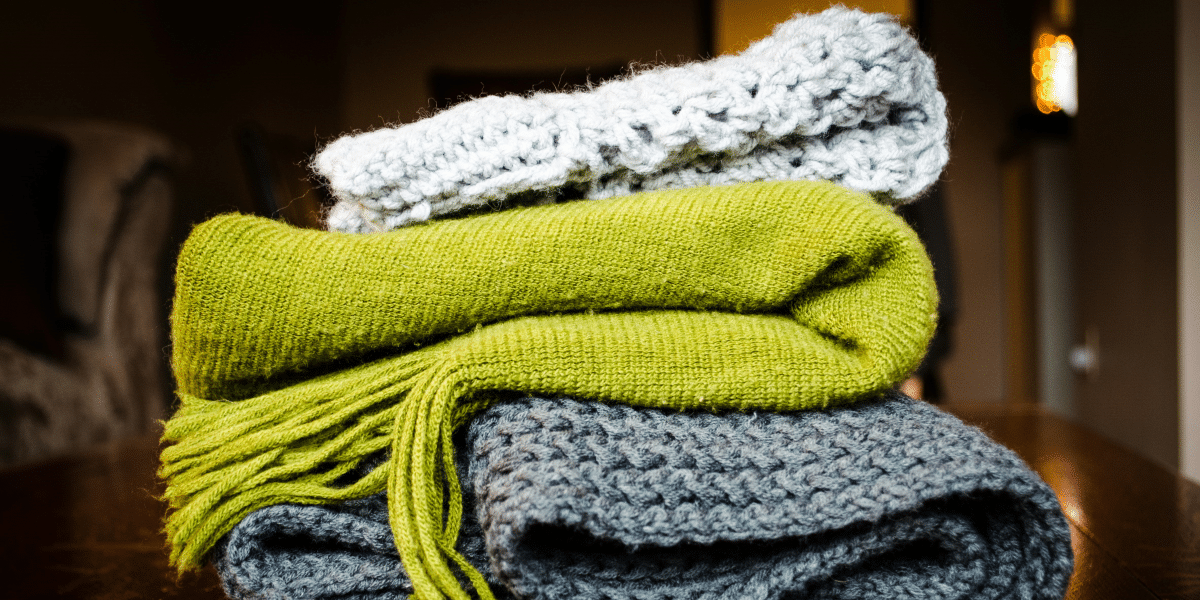By: SEO Mavens
The organic cotton fabric has several useful features, such as being comfortable to wear, easy to fit, and having no frayed edges. Besides, this fabulous fabric is soft and provides a nice drape.
Last month, I bought organic cotton knit fabric to make Tops. However, the fabric was wrinkled while sewing. As a beginner in sewing, I had no experience with this. That time, one of my tailor friends suggested some excellent tips for sewing organic cotton fabric. I followed his suggestions and had a fantastic experience.
In this article, I have provided all the tips for sewing with organic cotton knit fabric. Go through to know the details and get a smooth, finished dress!
15 Leading Tips For Sewing With Organic Cotton Knit Fabric
Several excellent tips for sewing the organic cotton knit fabric include pre-washing, using a rotary blade, using a special needle, using a particular thread, pressing method, etc. Let’s have a look at these tips.
Select The Original Cotton
There are 100 types of organic cotton knit fabric in the market. Hence, finding the best cotton fabric is quite tricky. The high-quality cotton fabric is made of quality cotton thread. That’s why such fabric is lightweight and soft. Also, I prefer the closely woven fabric rather than loosely woven fabric, as the fabric feels better to wear.
Remember, low-quality cotton fabric comes with powdery residue, making the fabric crisp. However, this crispness can’t stay after washing the fabric, and the fabric becomes limp and lifeless. I suggest scraping your fingernails to check for starch.
Again, some printed cotton has colorful designs, and the color seeps after the first wash. Usually, I rub the cotton fabric with a damped cloth to check the color’s fastness.
Pre-wash The Cotton Fabric
Pre-washing is very important for the cotton fabric, as the organic cotton knit fabric tends to shrink. Wash the fabric in cold water and dry it at an average temperature. Also, avoid keeping the wet fabric under direct sunlight, as the color can fade.
This way, you can also remove the excess dye from the fabric. Remember, never wash the colorful fabric with any color; the bright color can blend with the light.
Using Rotary Blade For Cutting
When you are ready to cut the fabric, make sure your fabric is on an even surface. Also, ensure that the fabric is not moving here and there to get an accurate picture of the specific pattern. To solve the cutting challenge, use a rotary blade.
Moreover, a cutting mat and paper weight reduce the movement and help to keep your knit fabric in place. I prefer using a 45mm cutter for cotton knit fabric and a 28mm cutter for tight edges. Avoid stretching the pattern while cutting the fabric if you want to use scissors.
Choose A Special Needle
Choose an appropriate Needle to get even, lovely, and non-skipped stitches. Also, jersey, universal, stretch, and micro tex needles are great for sewing. However, jersey and stretch needles provide the leading stitch for the organic cotton fabric.
When you are using regular cotton fabric, you can choose the sharp-needles. Besides, universal needles have 80/12 and 70/10 available sizes. 80/12 is good for medium-weight cotton, and 70/10 is excellent for thin cotton.
Select The Best Thread
You must choose the leading thread to get a nice finish on the cotton knit fabric. In this regard, 100% cotton thread is excellent for sewing cotton fabric. Also, a polyester thread can provide a smooth stitch on the cotton knit fabric. Usually, I use cotton thread to sew cotton fabric.
Use A Cover Stitch Machine
The cover stitch machine is excellent for sewing seams on the fabric edges. Also, you can use this machine instead of hemming the edge. The machine provides a smooth finish on the fabric’s borderline and a professional hem look.
Make A Test Sewing Project
If you are a beginner and need to gain experience sewing any fabric, don’t start with the main project. Before starting your project, try using extra fabric pieces. Besides, avoid beginning with any complicated patterns like T-shirts or Pants. Start with any easy-to-sew pattern or woven fabric, as you can fix it again quickly.
Pressing Cotton Knit Fabric
Cotton fabric tends to wrinkle after washing, especially medium-weight and thin-knit fabric. That’s why pressing the fabric before sewing is essential. When you press the fabric, the crispness of the fabric reduces. Also, it makes the fabric straight and convenient for sewing.
Usually, you can use your finger to press the border lines while sewing. But a hot iron can do this work excellently. Hence, keep an iron beside your sewing machine for your convenience.
Pin The Patterns Pieces Properly
Pinning is another crucial part of the sewing process. Also, put the cotton fabric on a flat surface and attach the pin at the edge of the fabric. Attach some pins in the middle portion. Finally, ensure you have attached all the pins correctly, and the fabric is not moving.
However, never run your sewing needle over the pinned area, as the needle can break. Plastic pins are great for pinning the fabric. I suggest using ballpoint pins to avoid piercing the fabric fiber.

Use A Serger Or Overlock Machine
A serger or overlock machine is well for beginners. Besides, this fantastic machine provides an excellent sewing experience and a professional-looking finish. The machine can stitch two layers at a time and secure the fabric’s edges by overlocking. Hence, you can sew your cotton fabric quickly.
Published by: Holy Minoza


















